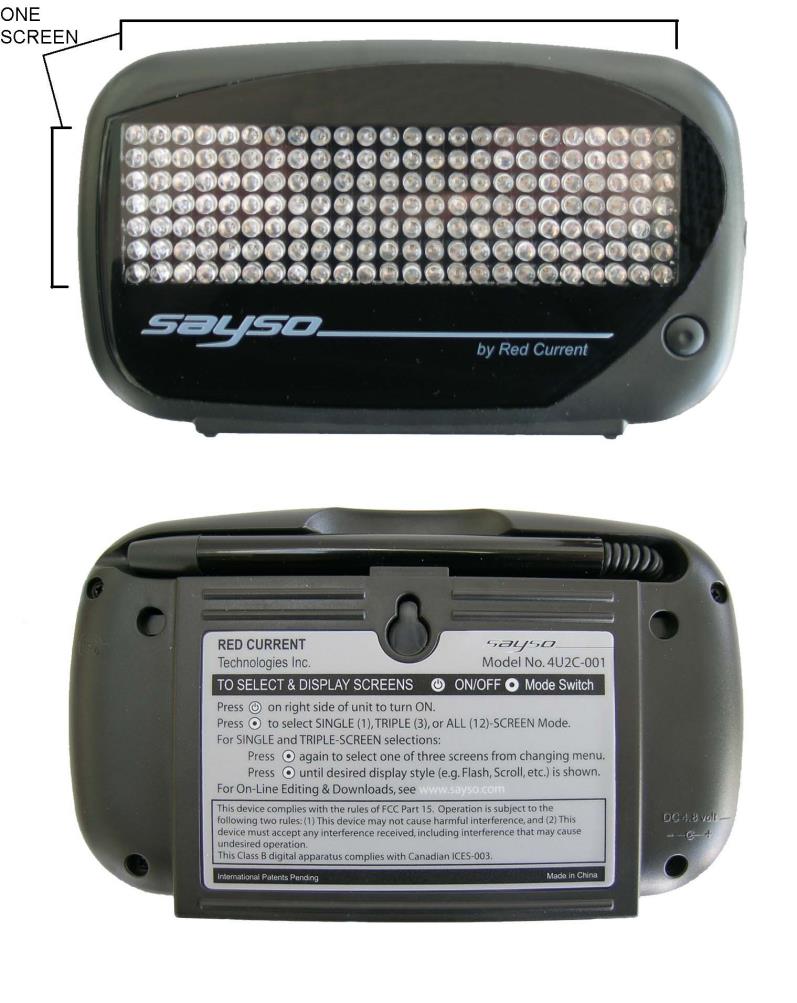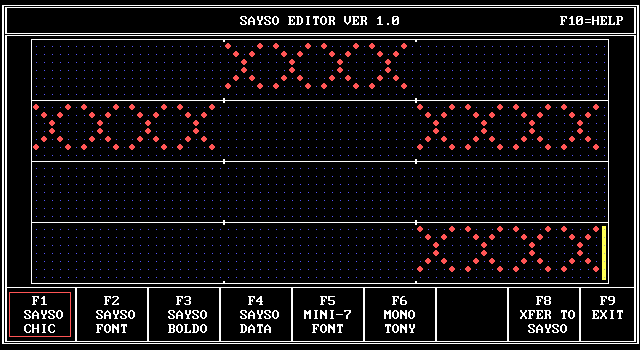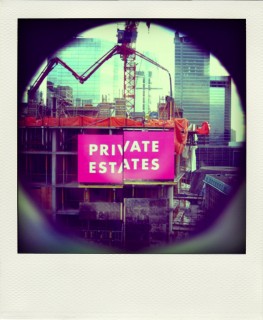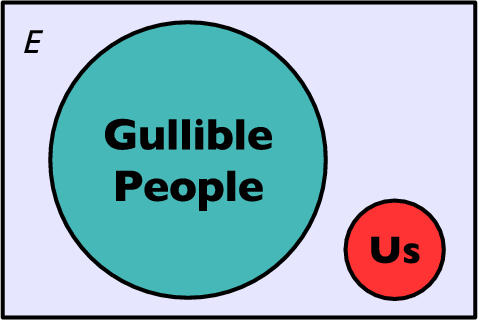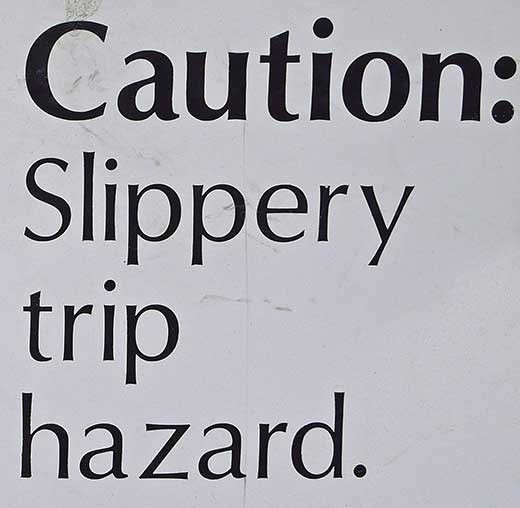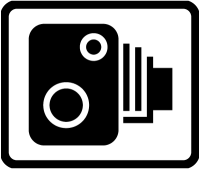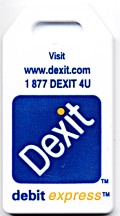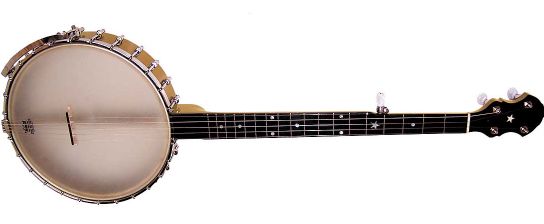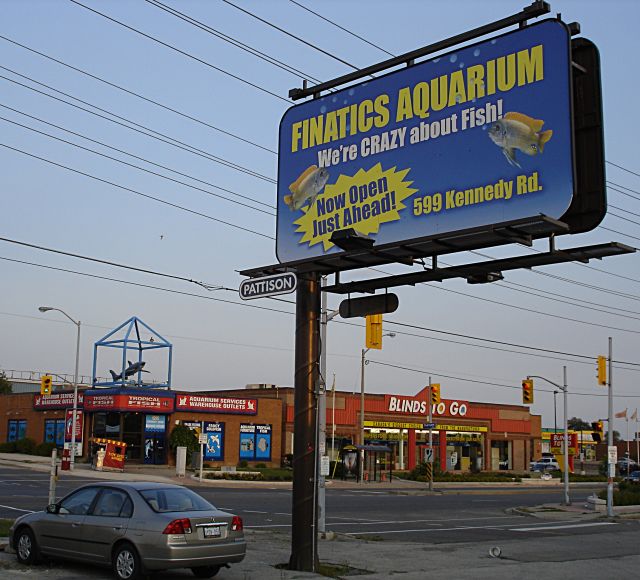You may still be able to get surplus Sayso Globord programmable LED signs in surplus stores. It’s a 7×24 LED scrolling sign that you can program with a lightpen or with audio input.
The unit comes with no software, but has a link to https://www.dropbox.com/sh/q1q9yhahwtblb23/AACpMeXQjYyD8ZWC-65vNgcxa printed on the box. It’s an archive of the programming software, manual, and canned audio files for a whole bunch of standard messages. Here’s an archive if the dropbox link goes away: SaySo.zip
The audio files used for programming the display are clearly FSK-encoded, but I haven’t quite worked out the relationship between the tones and the display bits. Here’s what I’ve worked out so far:
- Files are made up of 12 audio blocks, each about 0.9 seconds long. Each block appears to correspond to one 7×24 display screen.
- Mark (1 bit): Three cycles, 96 samples at 44100 Hz: 1378.125 Hz
- Space (0 bit): Four cycles, 256 samples at 44100 Hz: 689.0625 Hz
The editor runs nicely under DOSBox, so you can experiment and save samples as WAV files. Here’s a sample display with its corresponding audio linked underneath:
I’m not sure how much extra work I have time or inclination to put in on getting this working, but I hope that my preliminary work will be useful to someone (maybe this person).
